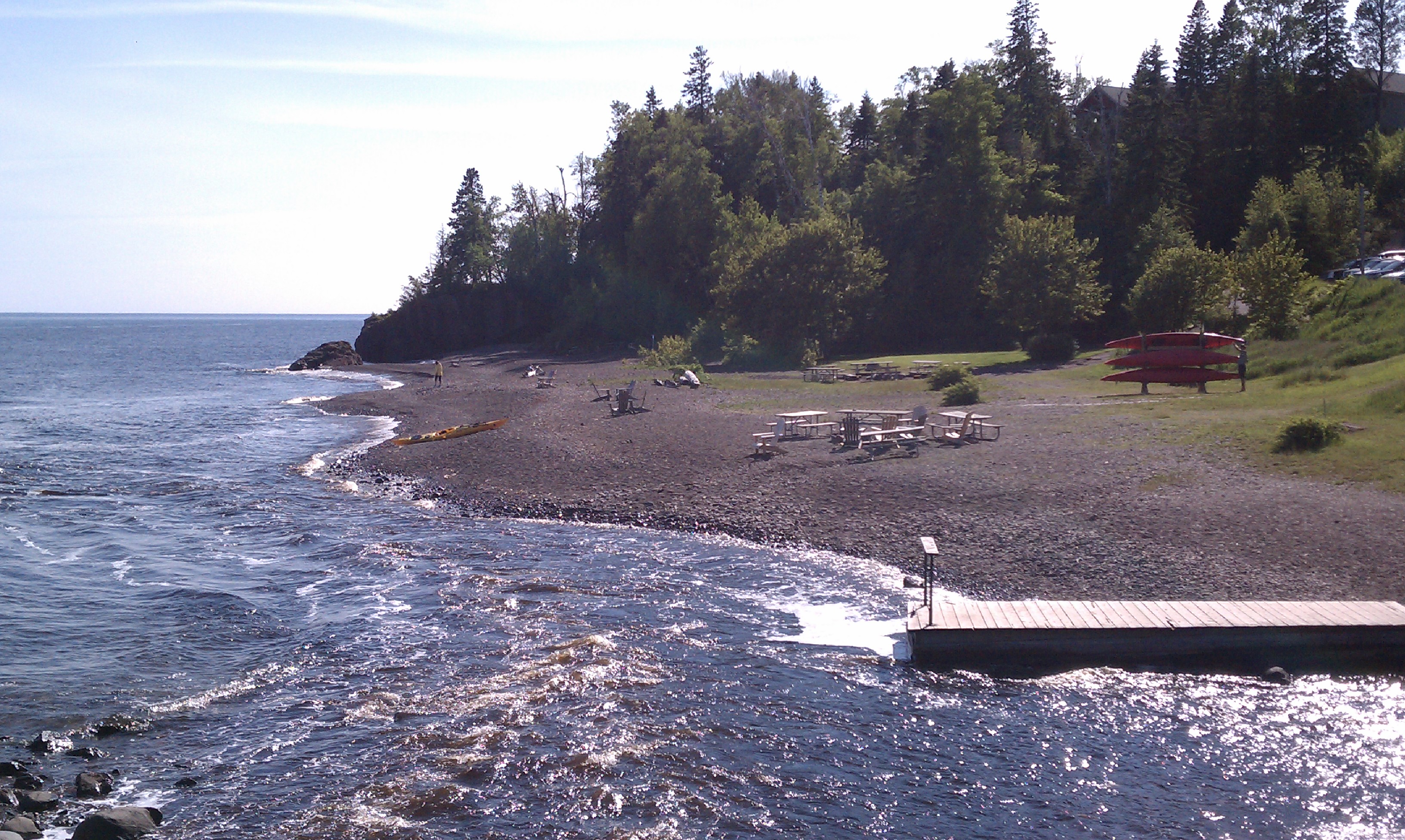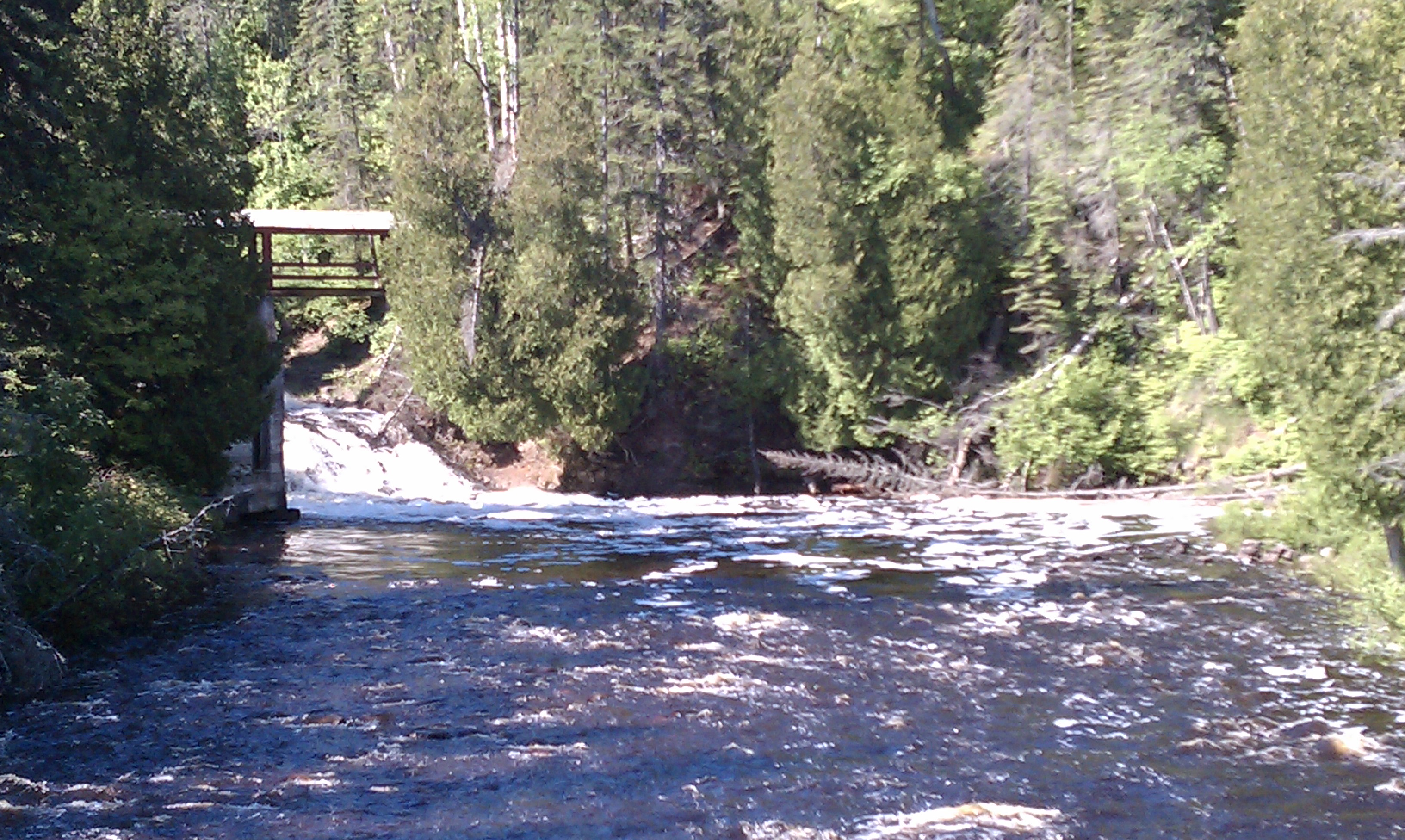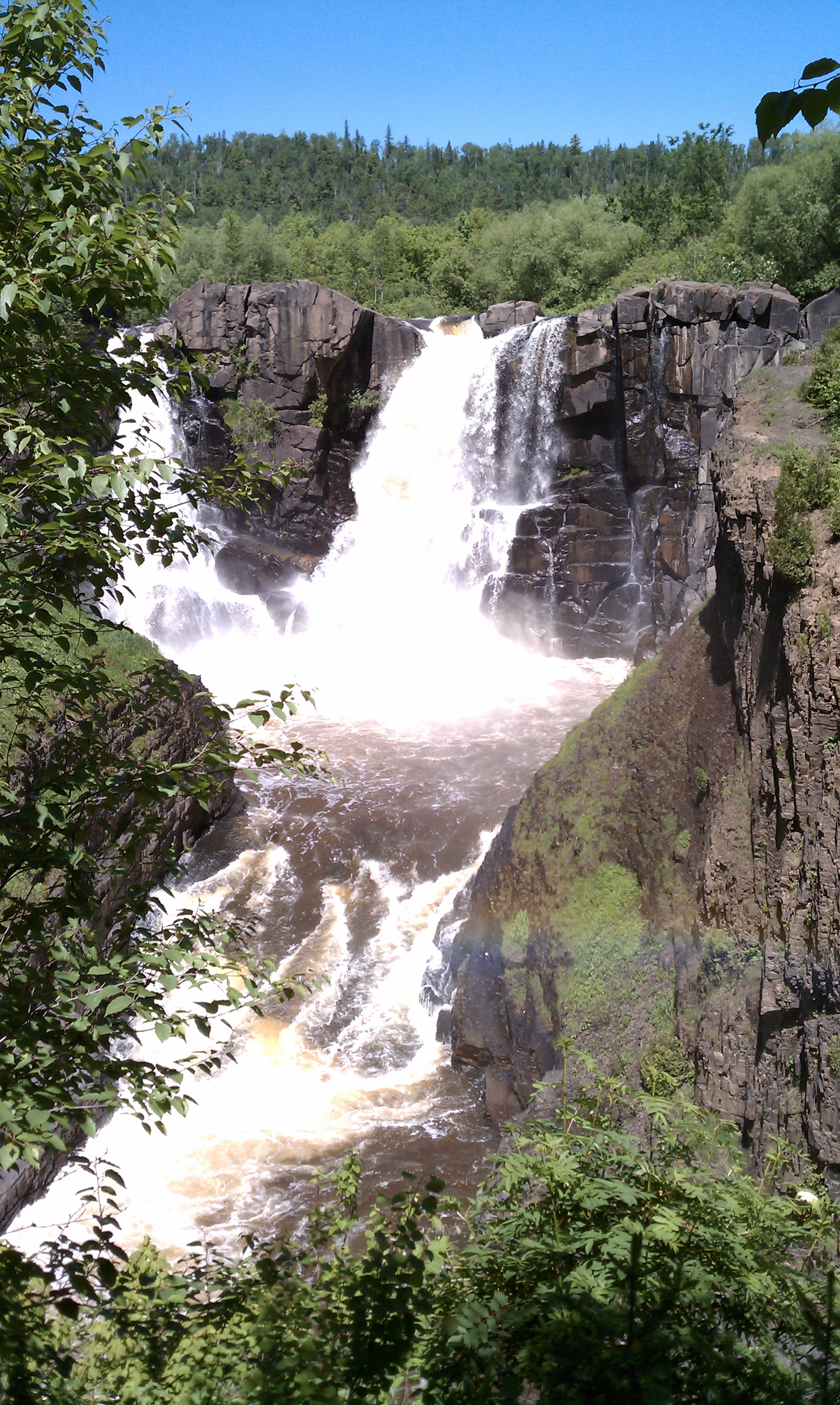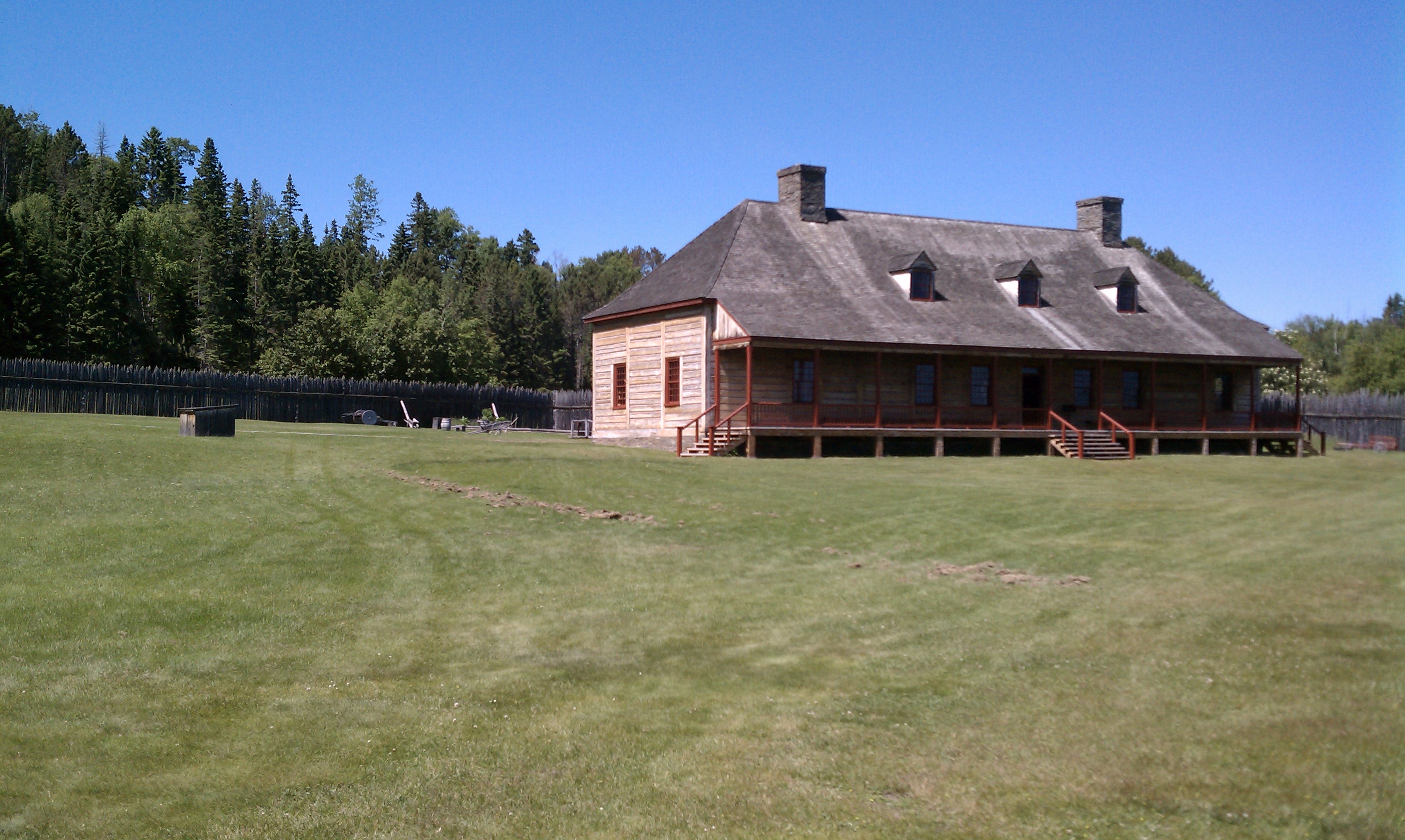
I don’t know that I will get to the ocean this year, but my husband and I recently returned from a vacation on the North Shore of Lake Superior in Minnesota. Lake Superior is so big it almost qualifies as an ocean. (My husband commented that it smelled better that the ocean. Frankly, I like the smell of the salt sea and decaying kelp, if it isn’t too pungent.)

The lake is serene, more so than the ocean, though the waves can be constant and substantial. We stayed at Lutsen Resort, which is located where the Poplar River enters Lake Superior. We heard the babbling creek through the open window, whenever we were in our room to listen. (And the food in their restaurant was good, too.)
The North Shore features a series of rivers cascading into Lake Superior. Minnesota has done a lovely job of creating state parks at each juncture. We visited several of the parks in 2010. This summer, we went to Grand Portage State Park and Cascade River State Park, both of which feature impressive waterfalls.
Grand Portage State Park is the site of the highest waterfall in Minnesota. The 120-foot cascade on the Pigeon River, located just above where the river enters Lake Superior, may not be Niagara, but it is high enough to make an impression.

The Pigeon River is the boundary between the U.S. and Canada at this point, so we looked across the falls to a foreign country. (My husband did not have his passport with him, so this was as close to Canada as we could get.)

In addition to the state park, we visited nearby Grand Portage National Monument, operated by the National Park Service. The national monument memorializes the northern fur trade route that ran from Montreal on the St. Lawrence River to the far western regions of Canada. The North West Company operated in this location until the early 1800s.
There were 36 portages between Montreal and Lake Superior, and another 36 portages between Lake Superior and the western Canadian lakes. The Grand Portage – which we glimpsed at the state park – ran from Lake Superior up past the falls on the Pigeon to where the river became navigable by canoe.
The voyageurs’ portaging was not a simple matter of carrying a lightweight Kevlar canoe and a day pack. The voyageurs had to load and unload a canoe that could carry four tons of goods. So 36 times between from Montreal and Lake Superior, the voyageurs of the 18th and early 19th century unloaded and carried their canoe and its four tons of trade goods – furs on the journey from the west, and all the materiel imported to exchange for those furs from the east – and then reloaded the canoe till the next portage.
A trip from Montreal to Lake Superior could be made in 18 days – that’s two portages a day on average. None of the portages took longer than a day to complete. The labor of the voyageurs almost makes the work of the later wagon trains seem easy!
There were other fur routes as well – through the Rockies and Cascades, for example. But by the 1840s, when the Oregon Trail began serving as a conduit for emigrants, most of the fur trade had played out. The beaver population was almost extinct, and beaver hats were no longer fashionable.
We learned at the National Monument that beaver hats are actually made from only the soft undercoat of the beaver pelt. I had never closely examined a beaver hat before this trip. I was surprised to see that the hats do not look like fur, but instead like a heavy felt. The hide and the outer fur of the beaver skin are removed, and the undercoat is felted by pummeling and boiling until it is matted and thickened. (Think of how a wool sweater shrinks if it is washed.)
What have you learned on your vacations about the past?




Thank you for this post! I lived in Duluth, Minnesota for five years and got up to Lutsen a few times for a fun day trip. Loved the memories this post gave me!
Christi Corbett
Glad you enjoyed it, Christi. A few years ago we stayed in Duluth for a day on our way up to the North Shore, and really liked the town.
Theresa
Nice post. Thank you. We went to the UP in upper Michigan a few years ago and stared out at Lake Superior. Amazing lake. Cliff wanted to see where the “Wreck of the Edmond Fitzgerald” happened as memorialized in a song by… oh, shoot, forgot his name. But that one. Something Bay lighthouse. Only they didn’t make it to the lighthouse.
Thanks, Janet. We saw something about the Edmond Fitzgerald at a museum in Duluth a few years ago.
Theresa
The Great Lakes are magnificent. Thanks for an interesting trip . . . .
Luanne, thanks for the feedback. I appreciate it.
Theresa
in school i learning about the fur trade and doing research on the grand portage.